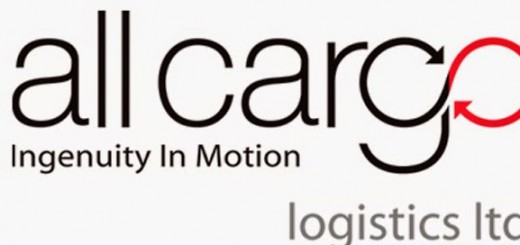Exploring Trucking Industry Trends: What to Expect in the Future
The trucking industry is the backbone of domestic trade and commerce in most countries, and it is integral to supply chain logistics moving raw materials and finished products across regions. As one of the fastest-growing transportation segments, expected to expand at a 6% CAGR through 2030, understanding key shifts shaping trucking can inform strategic decisions. This article analyzes emerging trends influencing long-haul logistics – from evolving technologies to changing workforce demographics and infrastructure policies.
Top Trends to Expect in the Trucking Industry
Autonomous Driving Systems
Autonomous trucks promise cost savings and safety amid labor shortages. Manufacturers aim to perfect systems for full autonomy by 2030. Hurdles include regulatory approval, industry adoption, and infrastructure integration. A gradual implementation, starting with controlled environments like terminals and supervised highways, may facilitate the transition. After two decades of development, widespread deployment could follow, potentially revolutionizing the logistics sector despite ongoing technological and operational challenges.
Electrification of Fleets
Electric trucks powered by either batteries or hydrogen fuel cells emerge as sustainable alternatives amid rising worries about fossil fuel dependency and emission reduction goals, particularly for short-range hauls. While advancements in battery chemistry extend ranges, widespread acceptance hinges upon modernized grids capable of handling extensive charging/refueling needs alongside lowering exorbitant vehicle expenses. Embracing cleaner transportation modes and improving supporting structures contribute to greener supply chains and more livable urban environments. Governments also play a key role in driving adoption with incentives and fleet electrification mandates. Mainstream transition will likely take over a decade, making hybrid drivetrains using diesel or natural gas a bridge solution.
Changing Workforce Demographics
The trucking industry confronts a worsening dearth of drivers as the typical age crests 55, deterring young talents reluctant to face rigorous long-haul duties. To tackle this issue, companies adopt technology solutions such as automated workflows, digital freight platforms, and sophisticated driving aid systems to ease hardships. Furthermore, innovative perks like customizable routes, frequent hometime, education support, and revised payment schemes lure fresh recruits. Adapting swiftly becomes imperative amidst looming logjams triggered by insufficient drivers
Also Read:- Exploring Alternative Fuel for the Trucking Industry
Data-Driven Logistics
From smart pallets to connected vehicles, trucking supply chains are getting unprecedented visibility through sensors, IoT, and predictive analytics. Shippers gain real-time cargo tracking, condition monitoring, and dynamic routing to optimize costs and delivery timelines. The emergence of logistics control towers integrated across transport modes heralds unprecedented supply chain transparency, coordination, and responsiveness. However, to fully leverage these capabilities, stakeholders across the ecosystem must seamlessly share data through common frameworks.
Infrastructure Investments
While technology promises efficiency gains, without upgrading supporting infrastructure like roads, fueling stations, and rest stops, progress will hit roadblocks. Governments worldwide have woken up to this need, formulating highway expansion programs, alternative fueling subsidies, smart parking capabilities, and centralized databases for open parking spots and route planning. Many also incentivize fleet upgrades to cleaner vehicles. Adequate infrastructure and progressive policies are pivotal enablers.
Supply Chain Resilience
The disruptions caused by global events, such as the COVID-19 pandemic, have underscored the importance of supply chain resilience. Trucking is vital for efficient goods transportation, prompting companies to reassess their supply chain strategies for improved flexibility and responsiveness. Building a resilient supply chain involves diversifying transportation modes, adopting advanced tracking systems, and developing contingency plans to effectively tackle unforeseen challenges.
Driver Shortage and Workforce Challenges
The trucking industry has been grappling with a persistent shortage of qualified drivers. Factors such as an aging workforce, stringent licensing requirements, and the demanding nature of the job contribute to this shortage. To address this challenge, companies are exploring solutions like autonomous vehicles, which could alleviate the pressure on the human workforce. Additionally, efforts to improve working conditions, increase wages, and provide training opportunities aim to attract and retain a new generation of skilled drivers.
Conclusion
The trucking industry is on the brink of significant changes due to sustainability, technology, and societal demands. Self-driving trucks, electrification, data analytics, and evolving workforce requirements will bring disruptions. Although the exact timeline is uncertain, fleet owners can thrive by actively evaluating potential benefits, forming partnerships with supply chain stakeholders and policymakers, and capitalizing on use cases to seize opportunities.




Recent Comments